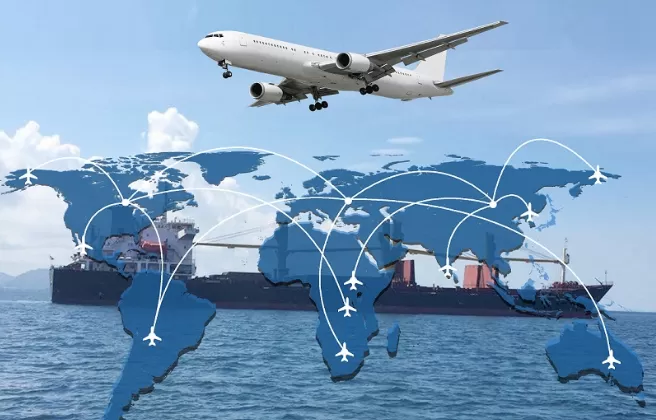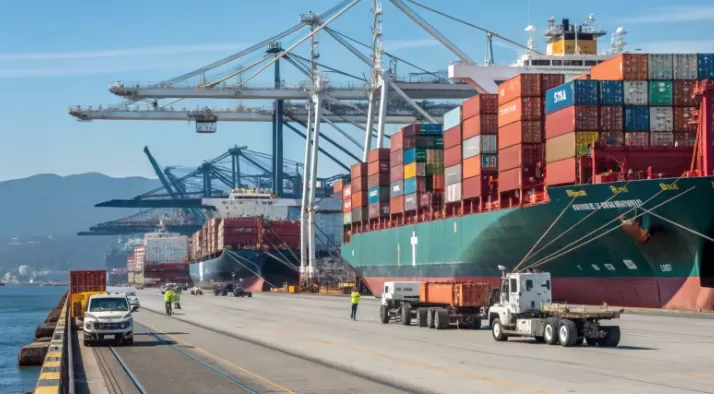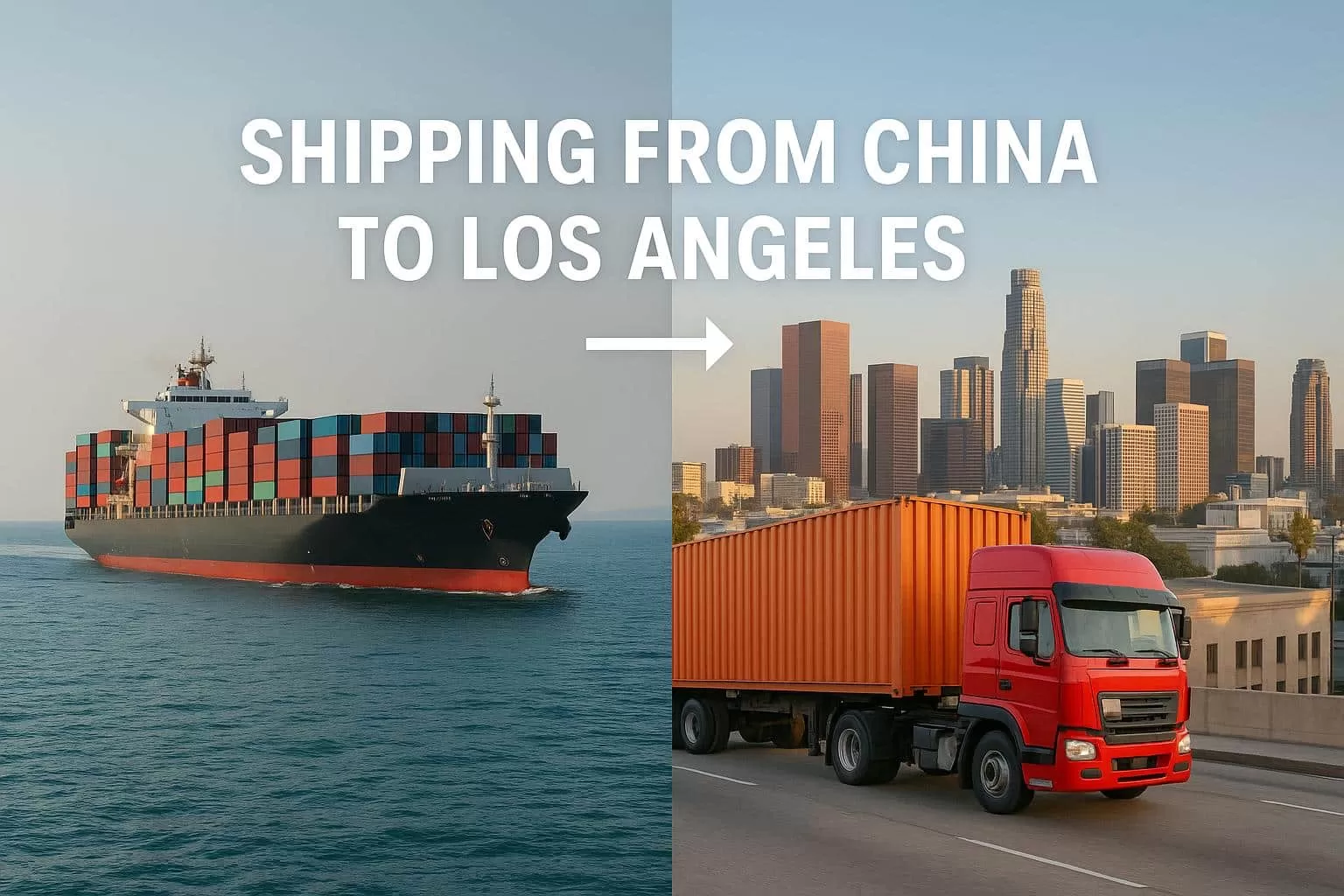Shipping goods from China to Los Angeles is one of the busiest trade routes in the world — and for good reason. Los Angeles is the main entry point for products coming into the U.S. West Coast, making it the first stop for thousands of importers, e-commerce sellers, and Amazon FBA businesses.
The big question most SMEs ask is simple: what’s the cheapest and most reliable way to ship? The short answer is ocean freight, especially full container loads (FCL). But if you want a balance of low cost and minimal hassle, many businesses now prefer sea + truck (known as “haika”) — a hybrid service that takes your goods by ship to Los Angeles and then directly by truck to your warehouse or Amazon fulfillment center.
In this guide, we’ll break down the main shipping methods, costs, transit times, and step-by-step tips so you can choose the best option for your business.

- LA is the primary west-coast gateway; choose the mode based on cost vs. urgency.
- Ocean FCL is lowest cost per unit for bulk; LCL suits small volumes but adds handling time.
- Air and express are faster (2–8 days) but cost more per kg — use for urgent FBA restocks.
- Multimodal options (sea + express / sea + trucking) balance speed and cost for SMEs.
- Always confirm Incoterms, FBA routing, and required documents before booking.
- Get at least three live quotes and include surcharges in comparisons.
- Use a licensed U.S. customs broker for Los Angeles to avoid holds and fines.
- Insure high-value shipments and double-check HTS code classification to calculate duties.
Focus on Amazon FBA
Ready to get real-time quotes?
Get Quotes
Table of Contents (no anchors)
- Overview
- Shipping Modes Explained
- Cost & Transit Time Comparison (table)
- Step-by-step: Ship to Amazon FBA (LA)
- Best Practices for SMEs & FBA Sellers
- Customs, Docs & Insurance
- Example Pricing Scenarios
- FAQ
Air Freight
Core Advantage
Fastest solution. Ideal for urgent replenishment, high-value cargo, or seasonal products where time-to-market matters more than cost.
Typical Route & Transit Time
-
Shanghai (PVG) / Shenzhen (SZX) → Los Angeles (LAX): nonstop flight approx. 12–15 hours.
-
Total door-to-door lead time: 5–8 days, including pickup, export clearance, flight time, U.S. customs clearance, and final delivery.
Cost
-
Highest among modes, typically 3–5x sea freight.
-
Charged by chargeable weight: whichever is greater between actual gross weight and volumetric weight
(formula: L×W×H cm ÷ 6000).
Practical Tip for Amazon Sellers
Ensure compliance with aviation safety rules. Battery products require UN38.3 certification. Always confirm with your forwarder before booking to avoid delays at origin.
Sea Package (LCL + Parcel)
How It Works
-
Factory delivers cargo to the freight forwarder → Forwarder consolidates shipments from multiple clients into one container (LCL).
-
Container is loaded at origin port in China (common: Ningbo, Shanghai, Shenzhen).
-
Arrives at U.S. West Coast ports (Los Angeles, Long Beach). Forwarder handles customs clearance and deconsolidation.
-
Parcels are handed over to UPS / FedEx / DHL for final-mile delivery.
Transit Breakdown
-
Pickup in China + consolidation + export clearance: 3–5 days
-
Ocean transit:
-
U.S. customs clearance + deconsolidation: 3–7 days
-
UPS/FedEx final delivery: 2–4 days
Total lead time: 18–35 days door-to-door (fast service closer to 20 days, regular vessel closer to 30 days).
Best Suited For
-
Shipments under a full container (<15 CBM).
-
Businesses wanting parcel-like visibility with full tracking.
-
Common for e-commerce replenishment and small test orders.
Notes
-
Couriers impose limits (usually ≤70 lb per piece).
-
During peak season, deconsolidation and delivery may be delayed. Always maintain safety stock.
Sea Truck (LCL + Truckload)
How It Works
-
Same process as Sea Package until arrival at U.S. port.
-
Difference: After deconsolidation, cargo moves by full truckload (palletized) directly to warehouse or Amazon FBA facility.
Transit Breakdown
-
Pickup + consolidation in China: 3–5 days
-
Ocean transit: 12–25 days (express vs. regular vessel)
-
U.S. customs clearance + deconsolidation: 3–7 days
-
Truck delivery to warehouse (e.g., Amazon ONT8): 1–2 days
Total lead time: 18–35 days door-to-warehouse
Best Suited For
-
Palletized cargo (2–10 pallets or more).
-
Direct Amazon FBA deliveries.
-
Larger volumes where unit cost is lower than parcel delivery.
Advantages
-
More cost-effective for pallets compared to UPS/FedEx parcel delivery.
-
Amazon FBA friendly: full pallets can be received, avoiding courier piece limits.
Disadvantages
-
Delivery appointment required → less flexibility.
-
Missed or delayed appointments can lead to extra fees (storage, reappointment charges).
Door-to-Door (DDP – Delivered Duty Paid)
Meaning
The quote includes: international freight + insurance + customs clearance + duties + taxes + final delivery.
You pay one all-in price and wait for the cargo to arrive at your designated address (or Amazon warehouse).
Advantages
✅ Fully transparent — no hidden charges
✅ Suitable for SMEs with no customs clearance experience
✅ Hassle-free — the forwarder manages all procedures (ISF filing, customs clearance, duty/tax payment, final delivery)
Best For
Highly recommended for Amazon FBA sellers, especially smaller sellers, to avoid unexpected destination charges and clearance disputes.
Port-to-Port (FOB – Free On Board)
Meaning
The seller is responsible for delivering goods to the origin port and loading them onto the vessel. The buyer takes over all costs and risks afterward: ocean freight, insurance, customs, duties, and inland delivery.
Risks
❌ Buyer must find their own customs broker. Inexperienced operators often face inflated destination fees.
❌ Lack of control at destination can result in disputes and unexpected costs.
❌ Not friendly for SMEs — process is time-consuming and landed costs are unpredictable.
Conclusion
Unless a large buyer has its own customs clearance team, FOB is not recommended.
Cost & Transit Time Comparison (table)
| Mode |
Typical Transit Time (China to LA) |
Approx. Price Range |
Best For |
| **Ocean FCL (40')** |
~27–36 days (port-to-port) |
$1,500 – $4,500+ per 40' |
Bulk inventory, large volumes, full pallets |
| **Ocean FCL (20')** |
~27–36 days |
$1,200 – $3,500+ per 20' |
Smaller full container loads |
| **Ocean LCL** |
~30–45 days (door-to-door) |
$150 – $1,200 per CBM |
Small volumes, budget-sensitive cargo |
| **Air Freight** |
2–8 days + handling |
$2 – $8+ per kg |
Urgent restocks, high-value items |
| **Express** |
1–5 days |
$8+ per kg |
Samples, small, critical parcels |
**Note:** Prices are estimates; always get a real-time quote that accounts for surcharges and seasonality.
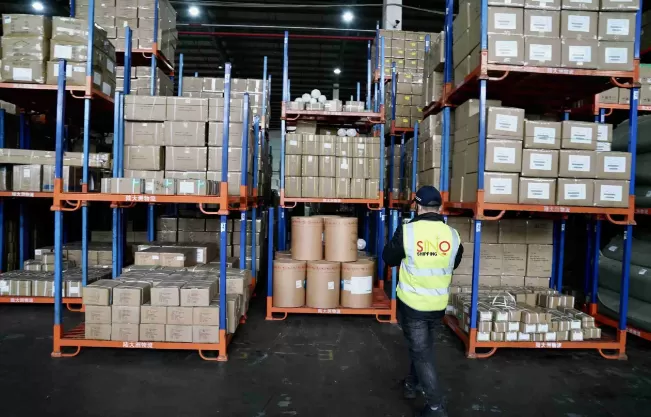
- Confirm FBA destination:** Determine the correct Amazon fulfillment center and its requirements.
- Choose your Incoterm:** **EXW / FOB / DDP** affects cost allocation. Most SMEs use FOB or EXW and a forwarder to handle export.
- Get quotes:** Request quotes for ocean (FCL/LCL), air, and multimodal (sea+truck / sea+express). Include all surcharges.
- Prep & label:** Ensure compliance with Amazon's labeling and carton requirements (or use a prep service).
- Export customs:** Supplier or forwarder handles export clearance in China.
- Ocean/Air transit:** Track using booking number; verify ETA.
- Import customs:** A U.S. customs broker files the entry, pays duties, and gets clearance at the Port of Los Angeles.
- Final mile delivery:** Arrange trucking to the Amazon FC or 3PL and schedule an appointment as required.
- Receiving & reconciliation:** Confirm pallet/carton count upon arrival and reconcile any discrepancies.
freight forwarding
Best FBA Shipping Solutions to Los Angeles
Get Quotes
Best Practices for SMEs & FBA Sellers
- **Plan your inventory:** Forecast demand in advance to avoid last-minute air freight.
- **Consolidate:** Fill containers where possible to lower per-unit cost on sea freight.
- **Compare total cost:** Include BAF, PSS, AMS/ISF, and THC, plus final mile delivery fees.
- **Negotiate:** Build a relationship with a forwarder for better terms on repeat business.
- **Use a 3PL:** Use a 3PL or bonded warehouse for value-added services (e.g., labeling, bundling).
- **Verify HTS codes** for accurate duty calculations; misclassification adds to landed cost.
- **Insure your cargo** for high-value shipments.
Customs, Docs & Insurance
**Key documents:** Commercial invoice, packing list, bill of lading / AWB, Certificate of Origin (if required), FBA paperwork.
**ISF (Importer Security Filing):** Mandatory for U.S. ocean imports — must be filed in advance.
**Duties & Taxes:** Use the correct HTS code to classify products and estimate duties.
**Insurance:** Recommended for most shipments; **All-Risks** coverage at 110% of **CIF** value is standard.
Example Pricing Scenarios (illustrative)
Small urgent restock — 500 kg:
Air freight estimate: $2–6 per kg → $1,000–$3,000 (plus handling & brokerage).
LCL sea: lower cost but 30–45 days door-to-door; price depends on consolidation and CBM.
Full 40' container (bulk inventory):
Market-dependent; illustrated range $1,500–$4,500+ per 40' depending on season and surcharges.
Always request live quotes from freight forwarders and factor in duties, brokerage, and final mile delivery in landed cost.
What's the cheapest way to ship from China to Los Angeles?
Short answer: For most businesses, the cheapest way to ship from China to Los Angeles is ocean freight — preferably a full container (FCL). If you want a balance of low cost and low hassle, go with a trusted forwarder who offers “sea + truck” ( haika) door-to-door service.
Step-by-step checklist (do this every shipment)
Figure out volume (CBM), weight, value, and special needs (temperature, fragile).
Decide priority: cost, speed, or convenience. (Cost → FCL; Convenience → door-to-door haika; Speed → air/express.)
Get 3+ all-in quotes: FCL, LCL, haika, and air/express. Make sure surcharges are listed.
Confirm Incoterm (FOB/EXW/DDP) so responsibilities are clear.
Prepare docs: commercial invoice, packing list, B/L or AWB, any certificates, and FBA labels if shipping to Amazon.
Choose a forwarder, sign service terms, and confirm insurance cover.
Track shipment, confirm ISF for ocean, and schedule trucking/appointment for delivery.
Check goods on arrival and file insurance claims quickly if anything’s wrong.
Quick tips to save money & hassle
Pack smart to reduce CBM — better cube = lower cost.
Consolidate orders so you can fill containers more often.
Negotiate a rate or monthly deal with a forwarder if you ship regularly.
Use a forwarder with Amazon FBA experience if you ship to Amazon. They’ll handle labels, appointments, and common pitfalls.
Always calculate landed cost: product + freight + duty + brokerage + last-mile + FBA fees.
Example (2 CBM Electronics, China → Los Angeles)
| Category |
Cost (USD) |
| Product Cost |
$5,000 |
| Freight (Sea FCL) |
$1,200 |
| Local Fees (CN+US) |
$350 |
| Customs Duty (5%) |
$250 |
| Insurance (0.5%) |
$25 |
| Documentation |
$80 |
| FBA Delivery |
$200 |
| Total Landed Cost |
$7,105 |
| Cost per Unit (1,000 pcs) |
$7.10/unit |
FAQ
LA-based questions that are most relevant to SMEs and Amazon FBA sellers.
What is the difference between DDP and DDU?
DDP means the seller is responsible for all shipping, insurance, and duties. DDU means the buyer is responsible for clearing customs and paying duties. For control and cost transparency, many SMEs use FOB (supplier loads vessel) or EXW with a trusted forwarder. DDP shifts more cost/responsibility to the seller.
How do I ship correctly to Amazon FBA in LA?
Confirm Amazon routing, ensure correct labeling, use a forwarder experienced with FBA, and schedule delivery appointments if required.
Do I need a customs broker at the Port of Los Angeles?
Yes. A licensed U.S. customs broker handles entry filing, duties, and helps avoid detention or fines.
What extra surcharges should I expect?
Common surcharges include BAF (bunker adjustment), PSS (peak season), THC (terminal handling), and AMS/ISF filing fees.
How can I reduce shipping costs?
Consolidate shipments, plan earlier, compare multiple forwarders, and consider sea + express for balanced cost and speed.
Should I insure my cargo?
Yes — insure especially for high-value or fragile shipments. Consider All-Risks coverage at 110% of CIF value.
What documentation do I need for import?
Commercial invoice, packing list, bill of lading / AWB, any product certificates, and FBA paperwork if shipping to Amazon.
What is sea + express and when to use it?
Sea + express uses an ocean leg to the USWC then an express courier for final delivery. Use it when you need faster final-mile than pure sea but want lower cost than full air.
How do I estimate landed cost?
Landed cost = product cost + international freight + insurance + duties + US brokerage + final mile delivery + any FBA fees. Always calculate to set correct pricing.

 EN
EN
 FR
FR
 ES
ES
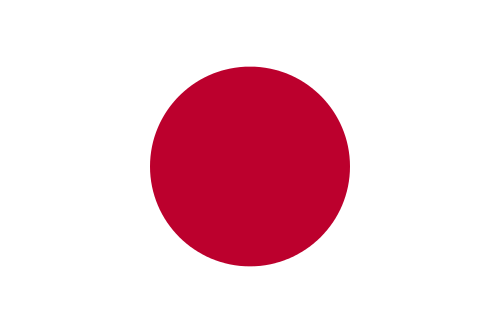 JA
JA
 PT
PT
 RU
RU
 AR
AR

